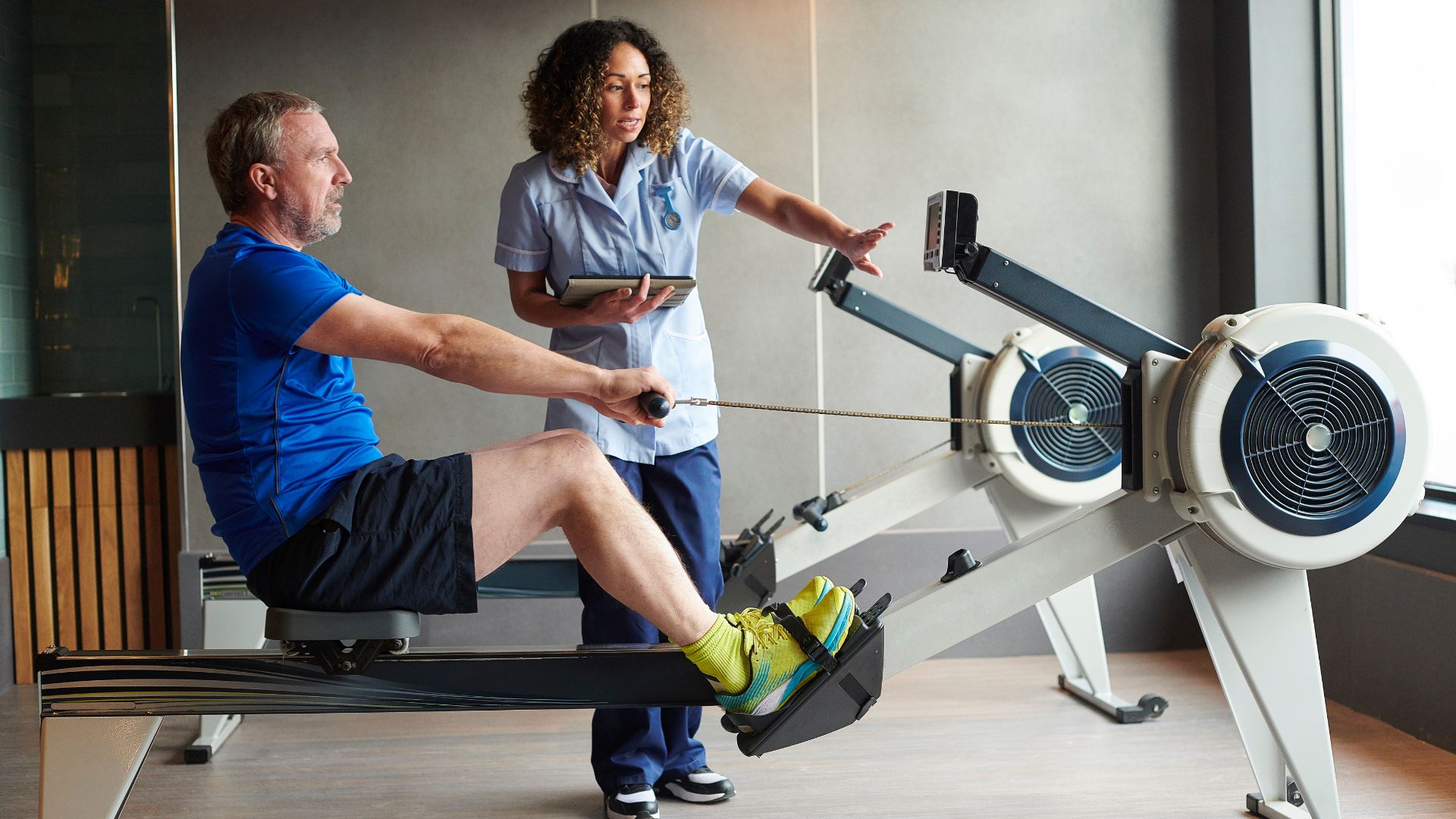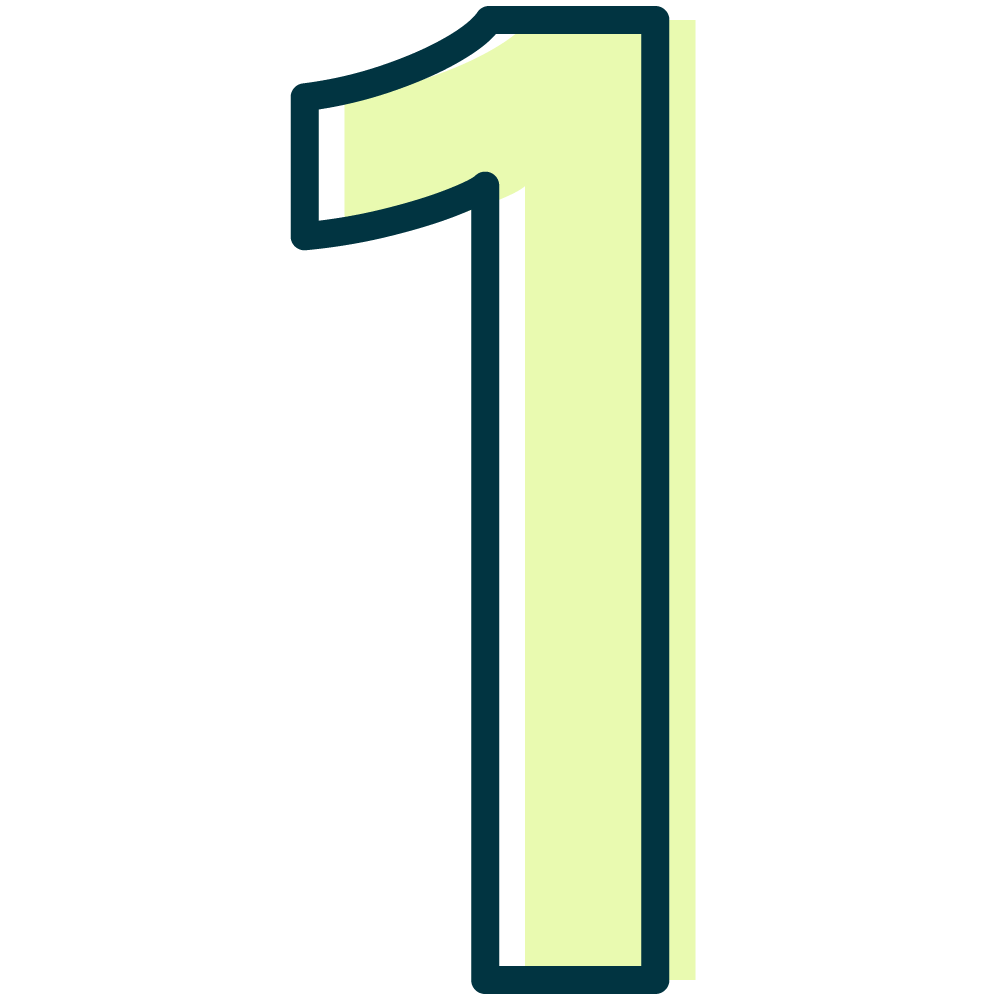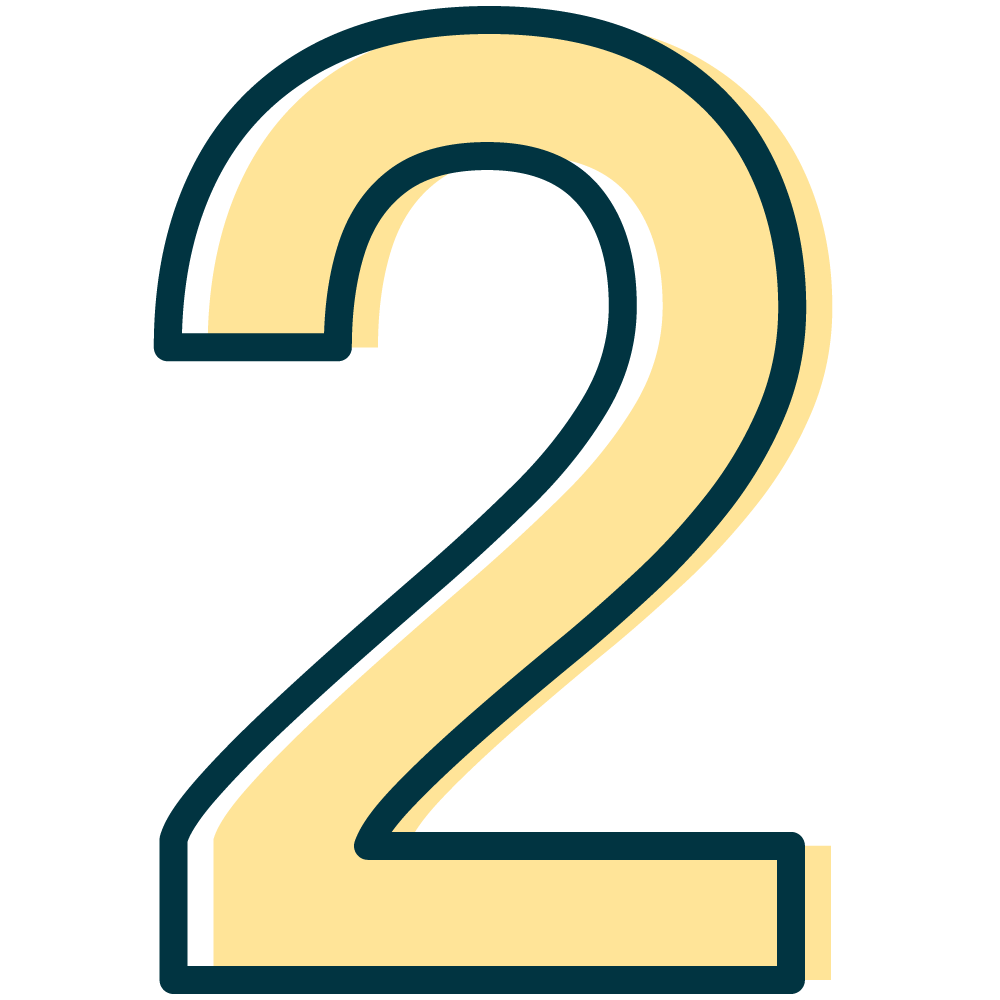Curious about manual therapy but not quite sure what to expect?
We agree; it does sound odd. However, it’s an excellent form of physical therapy to help ease pain, improve mobility, and recover from injury!
But what exactly is this hands-on approach, and what should you expect from a session?
Read on; we’re sharing the inside scoop on manual therapy.
What Is Manual Therapy, and How Does It Help?
Manual therapy is a hands-on approach to physical therapy in which the therapist manipulates muscles, joints, and other soft tissues with their hands.
It’s like a massage, but it’s more targeted and specific and applied by trained physical therapists.
Manual therapy is a versatile treatment option that can aid various conditions, including chronic pain caused by issues like arthritis or postural dysfunction.
It’s also a powerful tool for recovery from sports injuries and other musculoskeletal problems.
Struggling with persistent neck or back pain, shoulder or knee discomfort, or frequent headaches? These therapy techniques can offer relief and promote healing.
All in all, manual therapy is a powerful and natural method to manage pain and improve mobility.
It’s also a powerful tool for recovery from sports injuries and other musculoskeletal problems.
Struggling with persistent neck or back pain, shoulder or knee discomfort, or frequent headaches? These therapy techniques can offer relief and promote healing.
All in all, manual therapy is a powerful and natural method to manage pain and improve mobility.
Types of Manual Therapy
Manual therapy isn’t just one technique – it’s a toolbox filled with different approaches to help you feel better.
Standard types of manual therapy include:
Soft Tissue Therapy
This focuses on the muscles, tendons, and ligaments. It can involve techniques like massage, stretching, and myofascial release to reduce muscle tension, improve circulation, and ease pain.
Joint Mobilization
If your joints are stiff or restricted, joint mobilization gently moves them through their normal range of motion to improve flexibility and decrease pain.
Trigger Point Therapy
It targets the specific points in your muscles that cause pain or refer pain to other areas of your body. Applying pressure to particular trigger points can be an effective way to alleviate tension and discomfort.
Myofascial Release
This technique targets the fascia, a thin layer of connective tissue surrounding your muscles and organs.
By releasing restrictions in the fascia, we can improve your overall mobility and reduce pain.
Benefits of Manual Therapy
Manual therapy is more than just a way to manage pain. It’s a powerful tool for achieving goals and improving overall quality of life.
- Reduced pain and inflammation. Manual therapy can provide lasting relief and reduce inflammation by addressing the root cause of pain.
- Improved mobility and range of motion. Manual techniques help relax and loosen tight muscles and joints to move more comfortably and freely.
- Enhanced muscle function and strength. It can optimize muscle function and promote strength gains by releasing tension and improving blood flow.
- Stress reduction and relaxation. Manual therapy’s hands-on techniques can be very relaxing. It helps reduce stress and improve overall well-being.
Faster recovery from injuries. Manual therapy can accelerate healing and injury recovery by promoting tissue repair and reducing scar tissue formation.
Your First Manual Therapy Session
Your first appointment is about getting to know you and understanding your needs.
We’ll start with a conversation where you can share your medical history, current symptoms, and any pain you’re experiencing.
Remember to ask any questions about manual therapy and the way forward during your visit.
Next, we’ll perform a physical assessment to understand your mobility better and identify areas of tension or postural dysfunction.
This examination will help us tailor a physical therapy treatment plan suited to you.
Open communication throughout the process is the foundation of our care, so you’ll always know what to expect and have the opportunity to share your feedback.
What to Expect During a Manual Therapy Session?
Manual therapy techniques can vary, but here’s a general idea of what you might experience during a typical session.
Hands-on Techniques
Your therapist will manipulate and treat your muscles, joints, and other soft tissues using hands-on techniques such as gentle pressure, stretches, and mobilizations
These techniques reduce pain, improve flexibility, and restore normal movement.
Active Participation
Remember, you are an active part of your treatment. We may guide you through specific movements or stretches to increase the effectiveness of the manual therapy techniques.
Education
After the session, your therapist may give you some exercises or stretches to do at home.
They’ll also offer advice on improving your posture or changing your daily activities to prevent future problems.
FAQs
Does manual therapy hurt?
Generally, no. While you might feel some pressure during the treatment, it shouldn’t be painful.
What’s the best outfit for a manual therapy session?
Loose, comfortable clothing is best. You might need to remove some clothing during your treatment, but don’t worry; you’ll be carefully draped to maintain your privacy.
How many sessions will I need?
The number of sessions will be based on what you need and want to achieve. Your therapist will collaborate with you to develop a treatment plan tailored to you.
It’s Time to Feel the Difference!
Book your appointment today.
Let our skilled physical therapists help you journey to a pain-free life.
Disclaimer
The information provided in this blog post is for educational and entertainment purposes only and is not intended as a substitute for professional medical advice. Always consult a qualified healthcare provider before starting any new treatment or exercise program. ReLive Physical Therapy does not assume any responsibility for injuries or damages that may occur due to following the information in this blog post.






